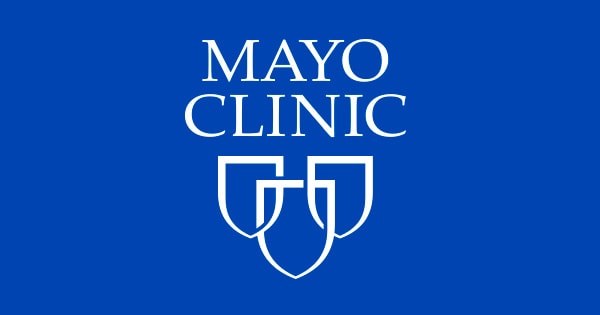The rapidly evolving field of street medicine — the practice of providing health care to homeless people living outside — is getting a jolt in California with a new player: a medical group devoted exclusively to homeless people.
And it’s actually making money.
Sachin Jain, who worked on federal Medicaid policy during his tenure in the Obama administration, helped spearhead a Southern California-based street medicine group called Healthcare in Action in 2021 — and makes no bones about wanting to capture new money from the state and federal governments to treat and house homeless people.
“Health-care issues cause homelessness, but they are also exacerbated by homelessness,” Jain told me. “And the dollars in health care are enormous.”
Around the country, Jain and street medicine doctors and nurses — who have long practiced on the fringes of the health-care system with little revenue — are becoming integral players in the Biden administration’s effort to address the consequences of homelessness.
No longer reliant on inconsistent funding and charitable giving, many street medicine operations are taking advantage of billions in Medicaid dollars to provide social services, from helping patients find an apartment to paying their utility bills. Since October, the federal government has also boosted reimbursements for providers caring for homeless people in the field.
“We’re being brought into the insurance world, and we’re eligible for reimbursement now,” said Jim Withers, a longtime street medicine provider in Pittsburgh who helped start the movement. “We’re legit!”
But Withers is wary of the moneymaking endeavors popping up to treat homeless people.
“I do worry about the corporatization of street medicine and capitalism invading what we’ve been building,” he said. “Caring for people under bridges and on the streets does not always align with the economics of our health-care system. The spirit of the street medicine movement has been one of social justice, but nobody owns the streets.”
California is an ideal laboratory for this new world of Medicaid-funded social services. It is home to more people living on streets and sidewalks, in vehicles, or along waterways than any other state. It is also home to more street medicine providers than anywhere else: 64 of the roughly 150 street medicine organizations across the country are here.
Healthcare in Action employs doctors, nurses and social workers who deliver a range of medical services, including basic wound care, medication administration and antipsychotic injections.
Its street medicine teams operate in 17 California communities and revenue are soaring, reaching $15.4 million in 2023, up from $2 million in 2021. It makes money from Medicaid and charitable contributions, among other sources. It also contracts with hospitals, health insurance companies and municipalities to provide services.
Jain says Healthcare in Action addresses sickness on the streets and saves the health system money by keeping homeless people with costly conditions out of hospitals and jails.
His street medicine teams also work to get people food, addiction treatment and, in some cases, housing.
But much of the teams’ time and energy is dedicated to building trust. It can take time to persuade people to agree to medical care, or housing, for that matter.
“One of the challenges in health care is we dehumanize people who experience homelessness,” Jain said. “We see them as not as worthy of the courtesies that the rest of us have.”
This article is not available for syndication due to republishing restrictions. If you have questions about the availability of this or other content for republication, please contact NewsWeb@kff.org.
Note: This article have been indexed to our site. We do not claim legitimacy, ownership or copyright of any of the content above. To see the article at original source Click Here












